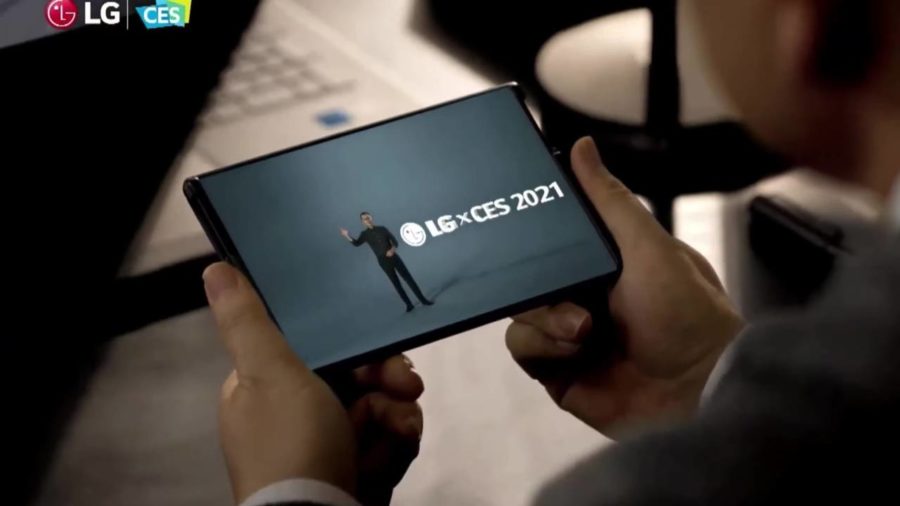Mobile phone history can be described in two eras — B.C. (Basic Cellphones) and A.D. (Apple Dominance). So profound was the iPhone’s imact was that it wiped the slate of competitors nearly clean; Samsung is the only company from the feature phone era that has since become a global leader. Motorola, Nokia, BlackBerry, and Palm now exist only as subsidiaries or licensed brands.
And then there’s LG, which has survuved, but has lost billions of dollars over more than 20 consecutive quarterly losses. The company maintains a respectable presence in the U.S. market compared to, say, HTC or Sony, which also seems to be continually hanging on to its mobile business by a thread. But LG’s position is now being threatend by Chinese brands such as OnePlus and TCL as well as Xiaomi and others outside the U.S.
LG’s exit would come at an odd time. After dipping into a niche form factor wth the swiveling Wing smartphone last year, it has repeatedly teased a rolling smartphone, a form factor that, as I’ve written, could have broader appeal than the folding smartphone that has become a differentiator for its chief rival.

